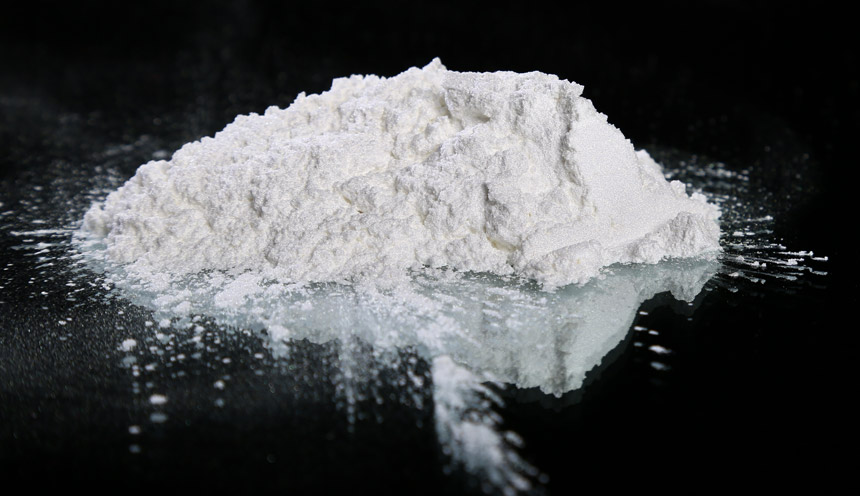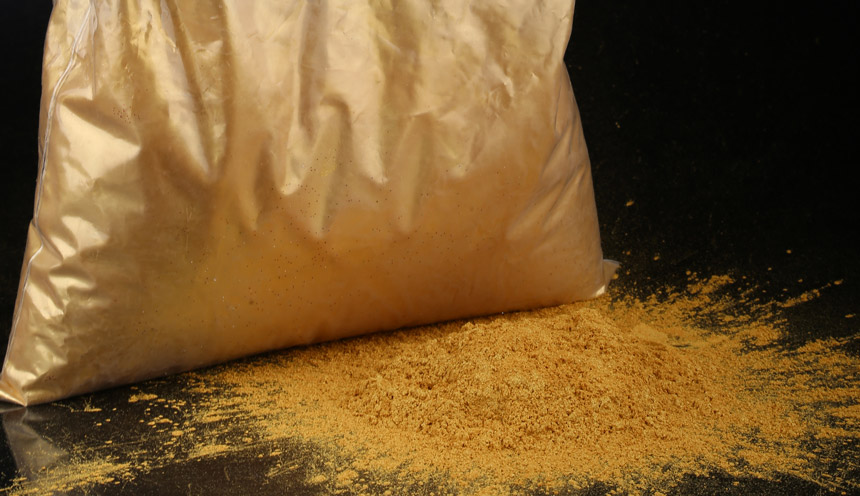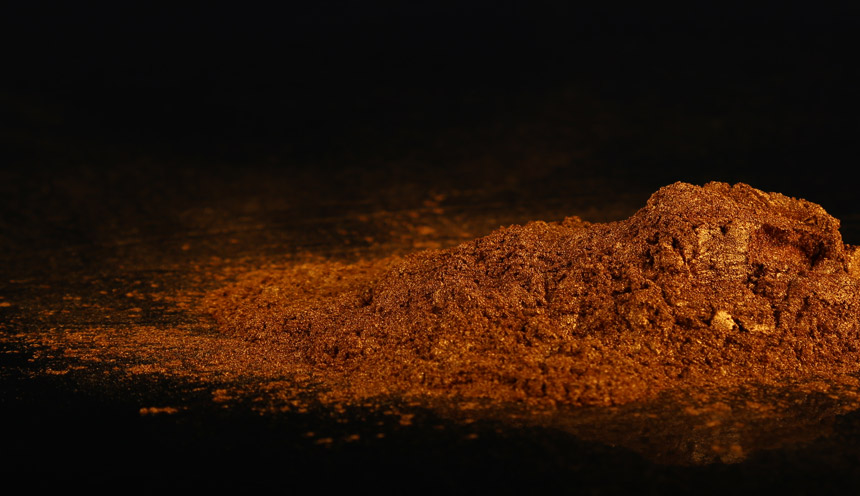 中文
中文 1. Recommended pearlescent colors and particle sizes for decorative coatings:
A. Popular Pearl colors:
A-1. Pearlescent Silver and Pearlescent White

Pearlescent silver and Pearlescent white: elegant pearl-like sparkle and luster, combined with transparency, showing royal-level exquisite fashion. No foreign ingredients, ensuring high purity, bright luster, high whiteness and stable color.
A-2. Pearlescent Gold

Pearlescent gold: silky, bright golden effect, rich color, injecting royal elegance into the design. Rich color and bright luster add gorgeous luster to a variety of materials.
A-3. Pearlescent Bronze

Pearlescent Bronze: Compared with standard systems, the bronze/copper color series of Pearlescent Pigments can prepare bright solid color transparent systems without losing luster.
B. Popular particle size:
10-60um and 30-100um
Smaller particle sizes such as 10-60um can provide a more delicate, soft gloss effect that is low-key and luxurious, while particle sizes of 30-100um can produce a fuller, stronger metallic feel and enhance the brightness of the overall paint.
2. Problems that pearlescent can easily occur in decorative coatings
Question A: Pearlescent can easily cause severe orange peel or fall off in decorative paints. This is mainly caused by poor leveling of the paint or improper preparation of the substrate.
Solution:
A. Add a leveling agent to improve the leveling properties of the paint so that it can flow and smooth better before film formation.
B. Clean the substrate, remove oil and dust on the surface of the substrate, and provide a good adhesion basis for the paint.
C. Appropriately reducing the content of the curing agent will help improve the orange peel phenomenon of the paint.
Question B: Sometimes, after using pearlescent pigments, its brightness will gradually decrease or even disappear. This is usually caused by the masking effect of the filler or improper bonding process.
Solution:
A. When selecting fillers, try to avoid using white powdery substances such as titanium dioxide and barium sulfate that may obscure the brightness.
B. Adjust the amount of pearlescent powder added to avoid excessive addition, resulting in accumulation and matting, thereby losing the ideal brightness.
C. Choose appropriate bonding technology and avoid using bonding machines with excessive shearing force to prevent the pearlescent powder from being damaged by the machine and losing its brightness.
3. In addition to the common usage issues above, here are some other key factors and strategies to consider:
A. Mixing and matching of pearlescent pigments in coatings
Chemical or physical interactions may occur between different pearlescent pigments, or between pearlescent pigments and ordinary pigments, affecting the final effect.
B. Effect relationship between substrate and pearlescent pigment
Different substrates have a significant impact on the gloss effect of pearlescent pigments.
C. Control of production process
The production processes such as dispersion, mixing and grinding of pearlescent pigments all have an impact on the final effect.
D. The trend of green environmental protection
Pearlescent pigment itself is a non-toxic inorganic pigment that will not be absorbed by the human body. During the production process, attention should be paid to the use of other additives and their environmental performance to ensure that they meet increasingly stringent environmental standards.

0377-66082665